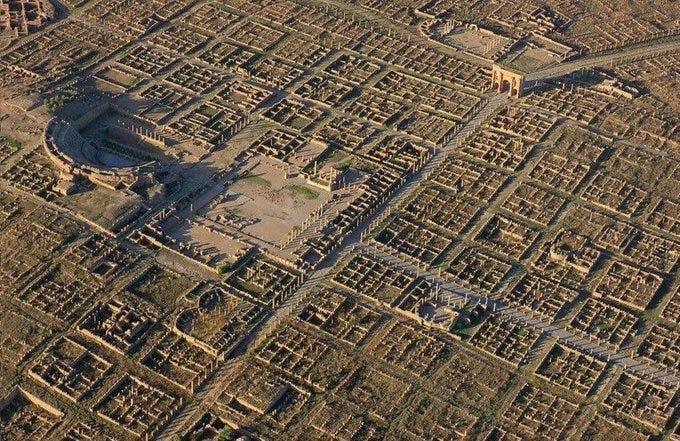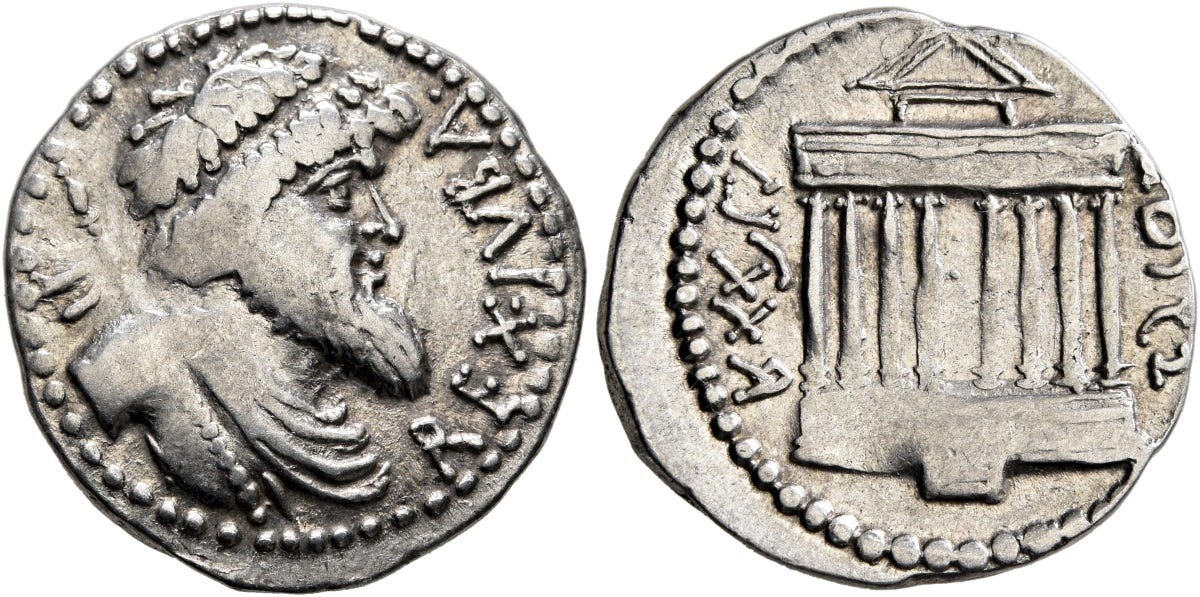Often overshadowed by its more well-known counterparts, the ancient kingdom of Numidia in North Africa is a historical gem that deserves far more attention than it typically receives. Situated in the present-day regions of Algeria and Tunisia, Numidia held a key position in the political and cultural developments of the Mediterranean world. Its resilience, diversity, and complex relationship with dominant powers like Rome and Carthage makes it a compelling subject of study.

Establishment and Governance
The establishment of Numidia as a united kingdom is attributed to King Masinissa around 202 BC. Originally, the region was divided into numerous Berber tribes, each led by its respective chieftains. The unification marked the beginning of Numidia's entry into the mainstream of the ancient world.
The political structure of Numidia was that of a monarchy, with the king holding significant power. However, it was not entirely autocratic, with an assembly of nobles often consulted on major decisions. While the assembly's decisions were not legally enforceable, they carried significant weight and were usually upheld by the reigning monarch.
Cultural Evolution
The culture of Numidia was a vibrant mixture of indigenous Berber traditions and the influences of surrounding civilizations, such as Carthage and Rome. Numidian literature, primarily preserved through Roman accounts, reflects this cultural mix. The inhabitants of Numidia were known to be multilingual, with Punic, Berber, and later Latin being commonly spoken languages.
The kingdom exhibited significant progress in architecture and city planning, often fusing local and foreign styles. Sites like Dougga and Timgad, with their well-planned cities, temples, and villas, bear testament to this advancement. The kingdom's major urban centers were Cirta (modern-day Constantine) and Thugga (modern-day Dougga).

Agriculture thrived in Numidia, thanks to its fertile lands and an efficient irrigation system. Major exports included olive oil and grain. This agricultural prosperity, however, became a point of contention with Rome and played a role in Numidia's eventual decline.
Interactions with Rome and Carthage
Numidia's relationship with Rome and Carthage was characterized by a complex web of alliances, betrayals, and conflicts. King Masinissa initially allied with Carthage during the Second Punic War but later pledged his allegiance to Rome. This realignment drastically altered regional power dynamics, triggering the fall of Carthage and the ascendance of Numidia.
One of the most prominent figures to navigate this intricate political landscape was King Juba I. His reign saw a fluctuating relationship with Rome, balancing cooperation with attempts to preserve Numidian autonomy. Despite his efforts, Juba I was killed in the Battle of Thapsus in 46 BC, fighting against Julius Caesar. His death symbolized the beginning of the end for Numidia's independence.
Demise and Influence
Following Juba I's death, Julius Caesar annexed Numidia. Later, under Augustus, the region was divided between the Roman province of Africa and the new client kingdom of Mauretania.
Despite the loss of political autonomy, Numidia's cultural influence endured. The famed Numidian cavalry, revered for their exceptional skill and bravery, became an integral part of the Roman army. Numidia's agricultural resources continued to supply Rome, bolstering the empire's grain reserves.
Numidia's legacy still reverberates in the modern cultures of North Africa. The Berber tribes, the foundation of the ancient kingdom, have continued their cultural practices, language, and traditions.
Conclusion
The ancient kingdom of Numidia was a critical player in the Mediterranean world, a cultural melting pot, and a testament to the power of resilience. Its relationships, notably with Rome and its rulers, shaped its destiny and the course of history. Numidia may no longer exist as a kingdom, but its rich legacy lives on in the Berber heartlands of North Africa.
Sources:
1. Camps, Gabriel. "Les Numides et la civilisation punique." Revue africaine 110, no. 1 (1966): 24-37.
2. Roller, Duane W. *The World of Juba II and Kleopatra Selene: Royal Scholarship on Rome's African Frontier.* Routledge, 2003.
3. Lancel, Serge. *Carthage: A History.* Blackwell, 1997.
4. Raven, Susan. *Rome in Africa.* Routledge, 1993.
5. Bénabou, Marcel. *La résistance africaine à la romanisation.* Maspero, 1976.
6. Hoyos, Dexter. *Mastering the West: Rome and Carthage at War.* Oxford University Press, 2015.
7. Smith, William, and G. E. Marindin. *A Classical Dictionary of Greek and Roman Biography, Mythology, and Geography.* John Murray, 1904.
8. Sallust. *Jugurthine War.* Oxford University Press, 2010. (Translation)
9. Herodotus. *The Histories.* Oxford University Press, 1998. (Translation)
10. Appian. *Roman History.* Harvard University Press, 1912-13. (Translation)




